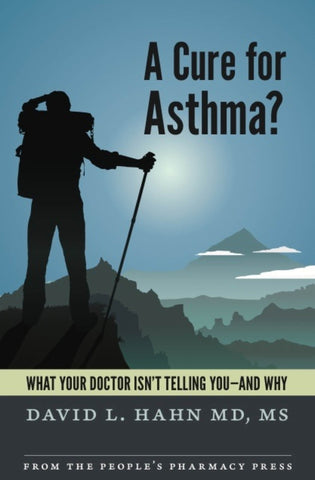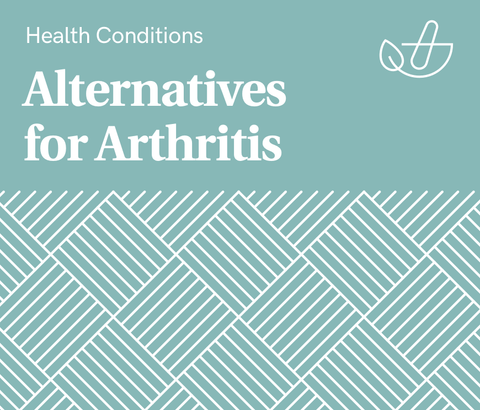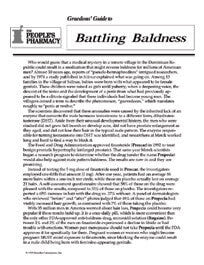Link to your individual collections by creating a new linklist in the Navigation section of the admin.
You can then have it appear here by choosing your new linklist under Customize Theme / Sidebar.

Show 1212: Should You Worry About Forever Chemicals?
Do you know who tests the chemicals we use to see if they are safe or harmful? The profession of toxicology focuses on these questions. Our guest is one of the country’s leading toxicologists.
National Institute of Environmental Health Sciences:
One of the Institutes under the umbrella of the US National Institutes of Health studies whether man-made compounds in our environment have deleterious effects on our health. The National Institute of Environmental Health Sciences strives to understand how the environment affects human disease so that it can promote human health. Until her recent retirement, Dr. Linda Birnbaum directed the NIEHS.
Forever Chemicals:
Many scientists are concerned about a class of chemicals called PFAs. That’s short for poly- or perfluoroalkyl substances. Chemists have nicknamed these compounds the forever chemicals, because they can persist in the environment for decades.
These compounds have many uses: they keep food from sticking to cookware, help clothes and carpets resist stains, and create effective firefighting foam. There are thousands such chemicals in use, and they accumulate in our bodies after we ingest them through water or food. Find out what the concerns are and how we might approach these compounds differently.
Does Dose Matter?
The sixteenth-century alchemist Paracelsus famously said, “Solely the dose determines that a thing is not a poison.” In most cases we are familiar with in everyday life, a lower dose of a dangerous compound might be less dangerous. Is that true for the PFAs, or could they still cause trouble even at low levels?
Other Compounds in Our Daily Lives:
Scientists have studied one chemical very well. Bisphenol A was first synthesized more than a hundred years ago. Its estrogenic activity was noted in the 1930s. But it wasn’t until about three decades ago that scientists realized the BPA used in hard clear plastics like laboratory flasks and baby bottles was leaching into the foods and liquids in these containers. Because it can mimic estrogen, it has the potential to disrupt the balance and activity of hormones in the human body.
Consumer alarm has led many manufacturers to replace BPA in their polycarbonate containers with other compounds. Are they any safer?
The Precautionary Principle:
Many European countries utilize the precautionary principle when regulating manmade compounds. Manufacturers are expected to demonstrate that a compound is actually safe before large groups of people are exposed. In the US, on the other hand, scientists or the government have to demonstrate that a compound is harmful before it is regulated.
Other Compounds of Concern:
Toxicologists are examining other agents beyond BPA and the forever chemicals. They have been debating the safety of the herbicide glyphosate (known by its trade name Roundup). An insecticide known as chlorpyrifos has also generated controversy. How do scientists assess the benefits and harms of such chemicals?
This Week's Guest:
Linda S. Birnbaum, Ph.D., D.A.B.T., A.T.S, is Scientist Emeritus (Retired) and Former Director of the National Institute of Environmental Health Sciences and the National Toxicology Program. In addition, Dr. Birnbaum served previously as president of the Society of Toxicology. She was elected to the Institute of Medicine in 2010.




